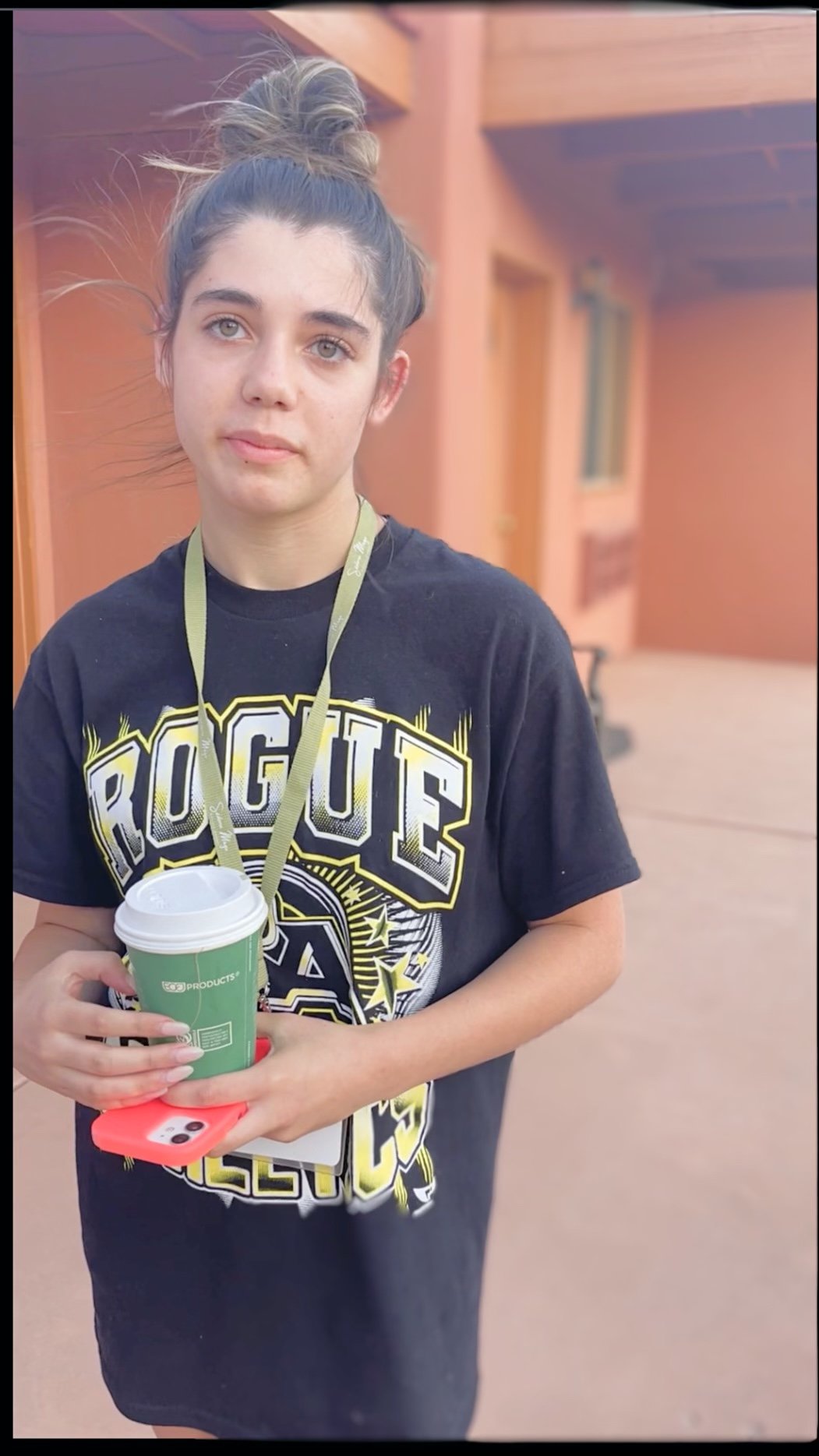Joh’s Journal
Vedic Meditation vs. Mindfulness: What’s the Difference?
If you’re new to meditation, it can feel like there are endless styles out there and it’s natural to wonder what sets them apart. One question I often hear from New Yorkers considering learning to meditate is: “How is Vedic Meditation different from mindfulness?”
Mindfulness: cultivating awareness
Mindfulness practices usually involve bringing your attention to something specific: the breath, a body sensation, or what you can see, hear, or feel in the present moment. The idea is to gently return your awareness to the present whenever your mind wanders.
It’s a practice of training attention, and many people find it helpful for becoming more aware of thoughts, emotions, and patterns. Mindfulness can be a valuable tool for managing stress in the moment and for cultivating greater presence.
Vedic Meditation: accessing deep rest
Vedic Meditation is different. Instead of focusing or monitoring your thoughts, you’re given a mantra — a sound carefully chosen by a trained teacher. You use this sound in a very effortless way, and it naturally allows the mind to settle down into quieter and quieter states.
In Vedic Meditation, you don’t try to stay present, and you don’t watch your thoughts. Instead, the technique leads you into a deep state of rest — often deeper than sleep. When the nervous system gets this kind of rest, it can release built-up stress and fatigue. That’s why people so often report feeling calmer, clearer, and more energised after just a few weeks of practice.
Effort vs. effortlessness
Mindfulness asks for gentle concentration and attentional control. Vedic Meditation is designed to be completely effortless. You don’t need to focus, concentrate, or monitor your experience. The mantra does the work, and your role is simply to allow the process to unfold.
What is a Vedic Mantra?
One of the most common questions I hear from prospective meditators in New York City is about the mantra. What is it? How does it work?
In Vedic Meditation, a mantra is not an affirmation or a phrase with meaning. It is a sound, chosen with great care, that has a unique effect on the mind and body.
Sound as a vehicle
Everything according to the Vedic World View has a vibrational quality: your thoughts, emotions, physiology, even the chair you’re sitting on. A mantra is a sound that, when used in meditation, allows the mind to settle into quieter and quieter levels of awareness. Eventually, the sound itself fades, and you experience the stillness that is always there beneath the surface of thought.
The role of the mantra is simple: it’s a vehicle. Just as a boat carries you across water, the mantra gently carries your mind inward. You don’t need to concentrate or “make” anything happen. Used effortlessly, the mantra naturally does the work.
Why it’s personal
In the Vedic tradition, mantras are passed from teacher to student in person. Each mantra is carefully selected by a teacher trained in the art of mantra selection. This ensures the sound is suitable for you and your stage of life. This personal connection is part of what makes the practice so effective and reliable.
More than meaning
Another question I’m often asked is: “What does my mantra mean?” The answer is: it doesn’t have a meaning in the usual sense. The power of a Vedic mantra lies not in definition but in its sound quality and the effect that sound has on the nervous system. If your mantra had a meaning, your mind would stay busy thinking about it. Instead, the mantra leads you beyond thought, into the source of thought itself.
The impact in daily life
This might sound abstract, but its results are practical and immediate. By allowing the mind to dive into deep rest, the mantra helps the body release stress, tension, and fatigue. People often find themselves sleeping better, feeling calmer, and having more energy. Over time, this practice builds clarity, creativity, and resilience, qualities we all need to live fully.
This is the essence of Vedic Meditation: not an escape from life, but a way of being more engaged with it — clear, natural, and sustainable.
How James Taylor and a young broadway actor
brought me back home.
I'd had one of those mornings, in fact one of those weeks, where I intend to “get things done” but nothing much happens. I do enough to get by, in fact if I count my completed tasks the number is not bad, but I have little sense of achievement. I get through each task but a mountain of others await. It goes like that.
This sense of being on autopilot, that is, no one is flying the plane but yet the plane lands, is very familiar to me.
Back to this particular morning. I was scrolling through Instagram while thinking, “I must get back to my list”, when I came across a New York Times T Magazine post. The post is a video of a young Broadway actor talking about the first time he heard his favorite song, Fire and Rain. He describes being five-years-old riding in a car with his dad who was crying as they listened to the James Taylor hit. At the end of the story the actor sings.
The story of the performer's father, his father’s sister’s death, and of the cassette carrying Fire and Rain, is powerful. I’m so moved that I ignore my list and begin scouring the internet for more about the song. I’ve heard it many times but never given it much thought. But this morning it’s as if each note individually is communicating an idea.
I am tired of being productive but yet unconnected to what I do. When I'm teaching meditation I always feel alive. But with the day-to-day administration of life I can forget what I am or why I exist. And then it takes a young man singing an old song to bring me back to myself.
Meditation takes us to the refined and subtle layer of existence that is the big T truth of what we are. But when our eyes are open and life unfolds we can forget what we experienced inside meditation. The intellect can mistake doing for Being. But in fact Being is inside doing if we allow, even train, ourselves to experience it.
Becoming familiar with this subtle layer of existence through meditation is critical to this training.
*Two highlights from my Fire and Rain research - James Taylor talking to NPR and James Taylor singing Fire and Rain at the Beacon Theatre.

The family of seven who meditates
As meditation grows in popularity, teenagers are increasingly learning to meditate to manage the challenges of school and college.

What’s hard to make and hard to break?
I’ve maintained a 20 minutes twice-a-day meditation habit since 2006, including numerous retreats and even one where, for my teacher training, I meditated up for a month between six and 13 hours a day. But recently when I noticed my morning coffee was making me nauseous, I found it nearly impossible to surrender this seemingly innocuous, dearly loved, routine.

Meditation may be fine for you, but for me? Unlikely.
Something I hear frequently hear is “meditation won’t work for me". I get it. It’s hard to imagine how closing your eyes for 20 minutes while practicing a mental technique is a long-term solution for problems like insomnia, anxiety and a sense of overwhelm. Just last week, someone told me “no amount of meditation will help me get on a plane and fly without freaking out. No amount of meditation will prevent me from taking sleeping pills”

Welcome
We may not be able to control much right now, but we can cultivate good habits and refine our mind set. Better habits and thinking make happier people. And happier people make a better world.

How to avert a twitter war ….
From the US to Australia, this week has been a lot. Unless you're off the grid or somehow have managed to ignore the news, what's happening right now is probably affecting you. Almost every newsletter that lands in my inbox, no matter the industry, refers to the upheaval which is the pandemic, US social unrest and politics, and the economic downturn, in almost doomsday-like terms…

